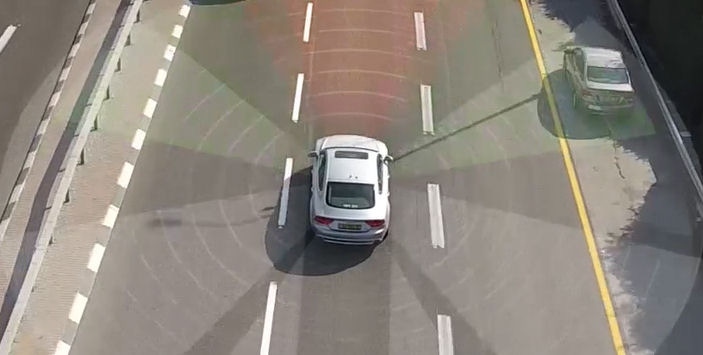Predicting when self-driving cars will hit the streets is turning into a real-life version of roulette, which is always a worrying sign.
October 23, 2018

Predicting when self-driving cars will hit the streets is turning into a real-life version of roulette, which is always a worrying sign.
Last year, UK Chancellor of the Exchequer Philip Hammond set out his bold ambitions; autonomous vehicles to be on UK streets by 2021. If you listen to those testing out the solutions across the world, this is certainly achievable. But then again, there are always the neigh-sayers.
At Broadband World Forum in Berlin, Alexandros Kaloxylos, Assistant Professor at University of the Peloponnese, was one of those who poured a little bit of water on the ambitious fires of progress. From Kaloxylos’ perspective, there is still a lot of work which needs to be done on developing network slicing for autonomous vehicles, and also on the roaming side of things as well.
Looking first at the network slicing, this is an important aspect of the technology as these are applications which are safety orientated. Cars can hurt people, which is why network slicing becomes paramount. Having a ‘dedicated network’ to facilitate the communications of these vehicles is an important step towards the realisation of this dream.
This in itself is a problem, as Kaloxylos pointed out the specific V2X (vehicle-to-everything) usecase for network slicing has not been discussed or examined closely enough. This is a different type of usecase and cannot be bundled together with the rest of the exciting applications. Remote surgery is another excellent example of a usecase which needs network slicing, but the operating theatre does not move, vehicles will, and they will very quickly. The industry has addressed this challenge yet.
The second challenge which was highlighted during the session is roaming. If an autonomous vehicle moves from Germany to Switzerland for instance, or from one network to another, will the handover be efficient? As it stands, this handover can take up to seven seconds. When 20 m/s latency has been targeted for the successful implementation of autonomous vehicles, this is clearly not good enough.
Some might be excited about autonomous vehicles, but it is worth getting a reality check every now and then.
About the Author(s)
You May Also Like








.png?width=300&auto=webp&quality=80&disable=upscale)


_1.jpg?width=300&auto=webp&quality=80&disable=upscale)


.png?width=800&auto=webp&quality=80&disable=upscale)